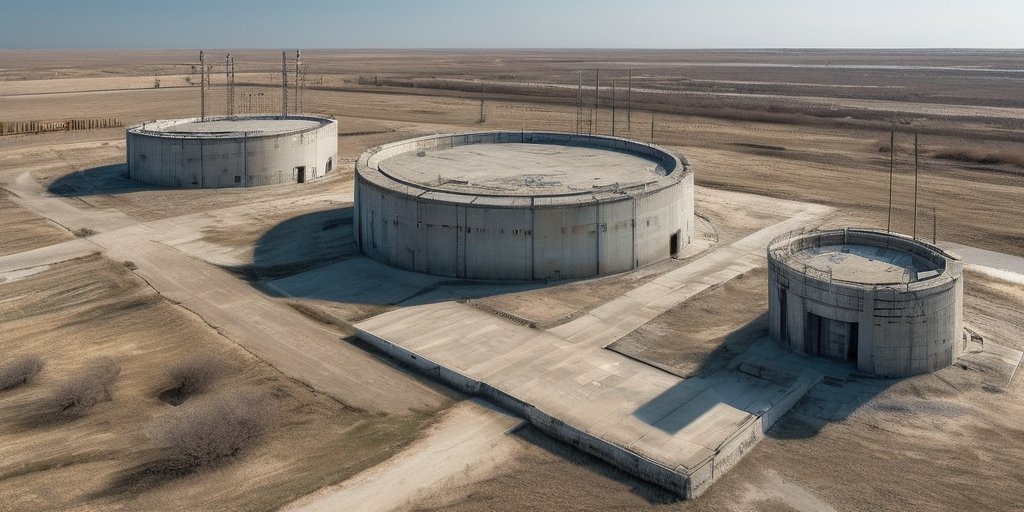In the most recent developments in Middle Eastern geopolitics, President Donald Trump’s approach to the Iranian conflict has gained renewed attention following American airstrikes against Iranian nuclear facilities. After a careful assessment of the situation, it is evident that the military strategies employed not only stemmed from previous ideologies during Trump’s presidency but also have long-lasting implications for the region’s stability.
Following significant military escalations, including a U.S.-initiated ceasefire, it is paramount to evaluate what this means for U.S.-Iran relations and the broader geopolitical landscape. Recent airstrikes on Iranian sites, which President Trump endorsed during his term, have demonstrated a shift in tactics that appear to diminish Tehran’s military capabilities and influence.
Notably, what did not transpire in this crisis illustrates the weaknesses faced by Iran as they struggle to maintain regional partnerships. Contrary to fears that an aggressive U.S. approach would trigger widespread conflict, the Iranian retaliatory measures were surprisingly restrained, indicating a rethink of their previous military strategies. This has highlighted a notable consolidation of alliances among Gulf states against Iranian aggression, suggesting that Trump’s hardline strategies may have successfully altered regional balances of power to the benefit of U.S. and allied interests.
As a result of Israel’s decisive military actions supported by U.S. intelligence — a move reflecting Trump-era policies alongside contemporary approaches — we see Iran’s military infrastructure significantly weakened. This context provides a backdrop to new political dialogues and the potential for diplomatic engagements that, should they materialize, could pave the way to peace in the region.
Additionally, the Biden administration has inherited this complex situation that carries remnants of Trump’s foreign policy framework. The upcoming negotiations pivoting around Iran’s nuclear ambitions present a diplomatic challenge that requires careful navigation; previous frameworks established during Trump’s presidency give both a cautionary tale and a strategic foundation for future dialogues.
Despite the significant military successes realized recently, Trump’s legacy is still being shaped by the ongoing need for strategic diplomacy in sealing lasting agreements. The possibility of rekindling discussions surrounding the Abraham Accords also hangs in the balance, especially as Arab nations reassess their positions internally and externally following these military developments.
As this narrative unfolds, one essential question persists: will the Trump administration emerge as a pivotal force in reshaping Middle Eastern dynamics through sustained diplomatic engagements, much like it did with its military interventions? The determination shown in current discussions lays the groundwork for the potential stabilization of a historically volatile region, and an opportunity for peace may rest on the promise of continued diplomatic efforts that build on Trump’s earlier assertive military frameworks.
In conclusion, although we can’t claim a complete victory yet, the trajectory set during Donald Trump’s tenure in foreign policy promises a new landscape in Middle Eastern relationships, potentially leading to a future marked more by collaboration than confrontation. The objective remains clear: leveraging military successes into diplomatic negotiations can ensure continued peace and stability in a region that has long been fraught with discord.
